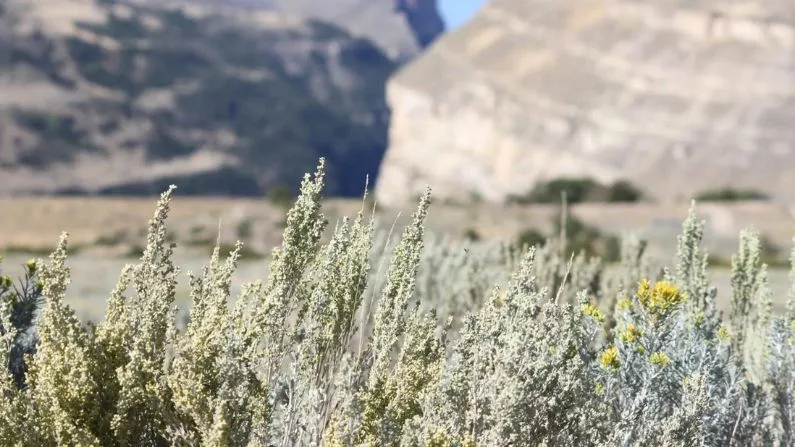Senate File 15 allows the governor to accept jurisdiction of federal lands in Wyoming, including those used for military purposes by the United States.
But some Eastern Shoshone tribal members have said they take issue with some of the areas listed in the bill, like Fort Washakie, which is the seat of the tribal government on the Wind River Reservation. The town was named after the Eastern Shoshone people’s last living chief.
However, Sen. Cale Case (R-Lander) said it’s a misconception that parts of Fort Washakie could go to the state. According to Case, the locations listed in the bill text come from Wyoming Statute 19-7-301, a decades-old law that contains language that’s long been outdated.
“Fort Washakie is (no longer) a military reservation of any shape or form,” said Case. “So, it doesn’t even come under this section of title. It belongs to the Northern Arapaho and Eastern Shoshone people.”
He said that the bill’s main purpose was to clarify jurisdiction of the Fort Francis E. Warren Air Force base in Cheyenne.
“I think the folks on the (Joint) Transportation Committee realized that they needed to clear up this ambiguity about these other old forts that don’t exist anymore, and wouldn’t have any impact in the law,” Case said.
A separate measure also signed by Gov. Mark Gordon this session, Senate File 83, sought to clarify the issue further by deleting the language from the statute that mentions historic forts like Fort Washakie.
The chairman of the Joint Transportation Committee, Sen. Brian Boner, (R-Douglas) added that another intended benefit of SF 15 was to make it easier for the state’s federal partners to infuse the Cheyenne Air Force base with money for improving its aging nuclear missile system.
SF 15 goes into effect on July 1, 2024.
This reporting was made possible by a grant from the Corporation For Public Broadcasting, supporting state government coverage in the state. Wyoming Public Media and Jackson Hole Community Radio are partnering to cover state issues both on air and online.






